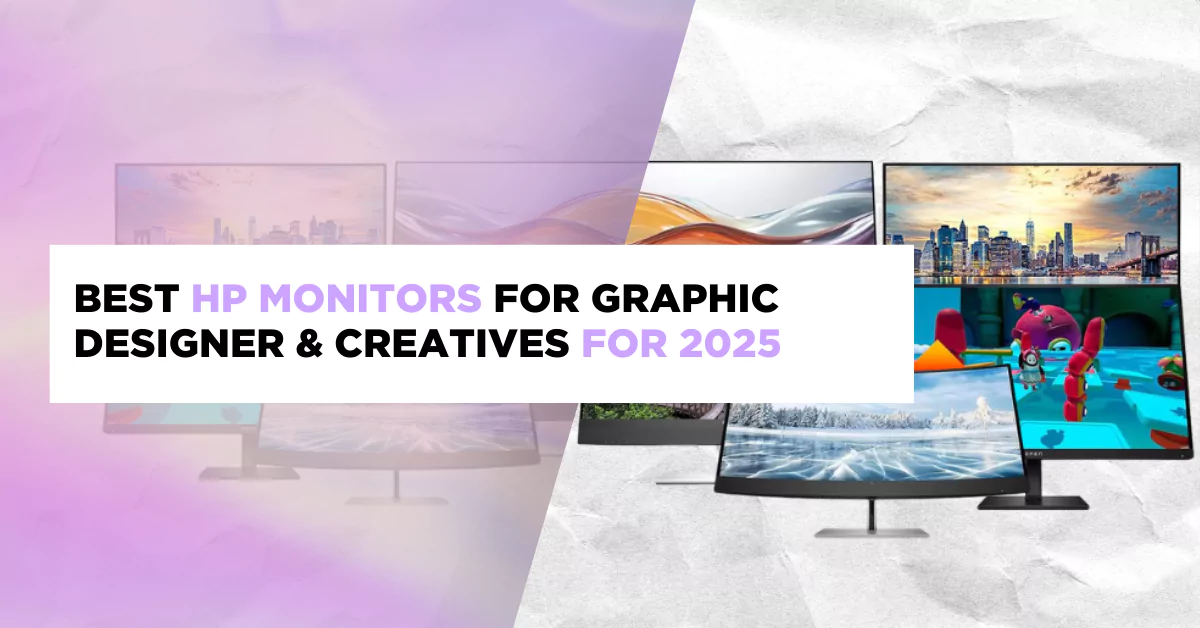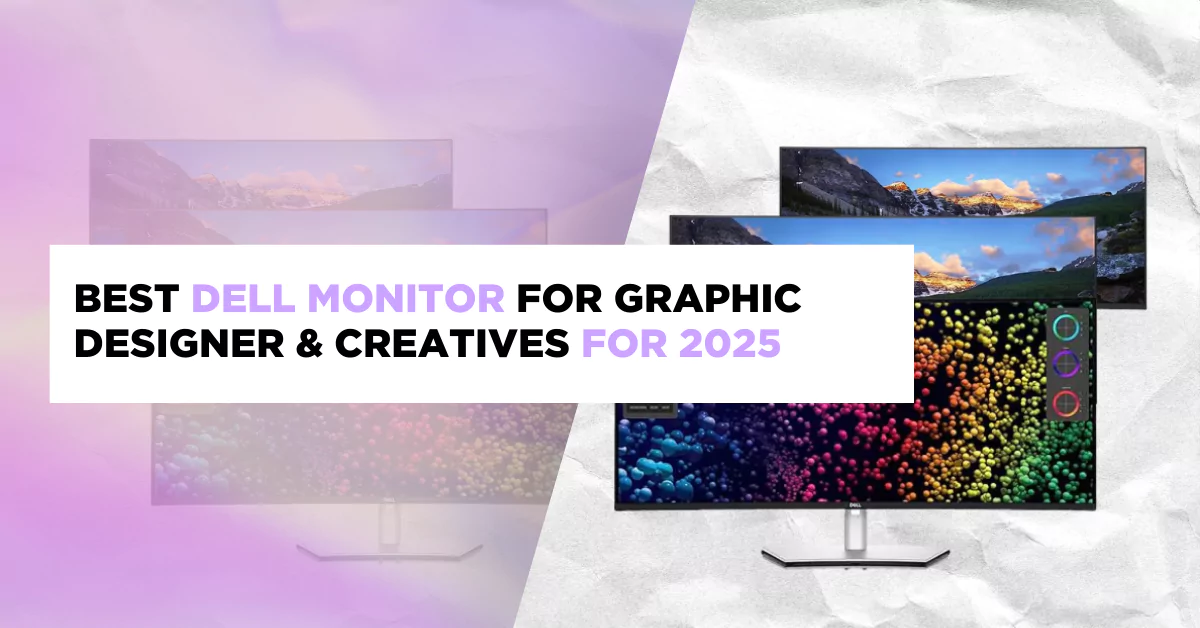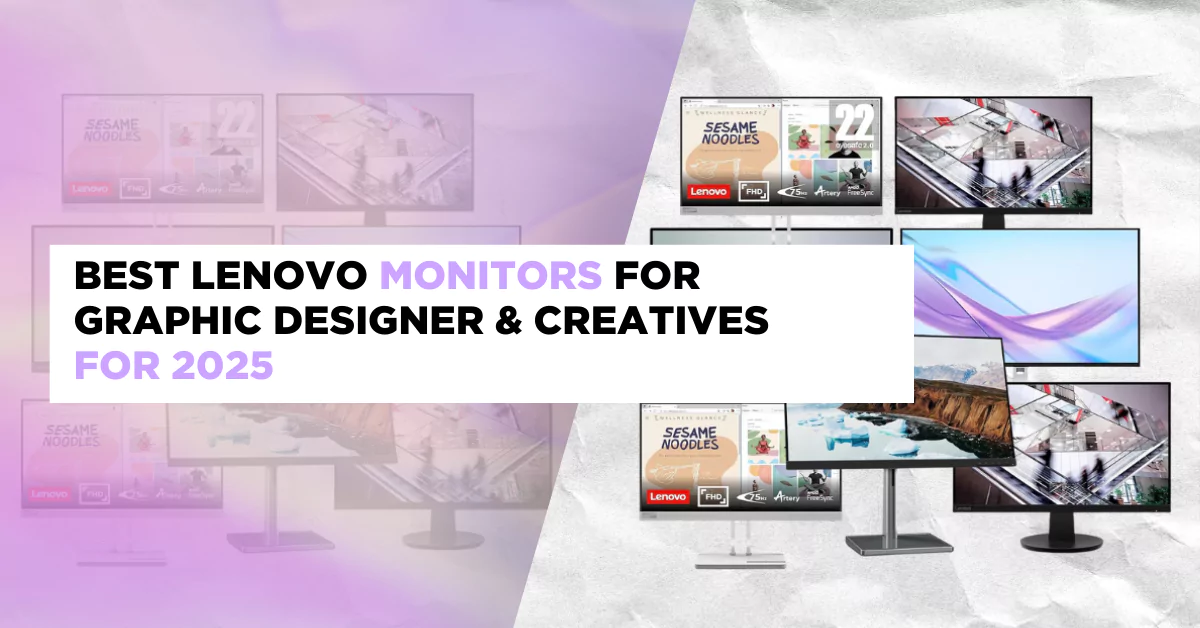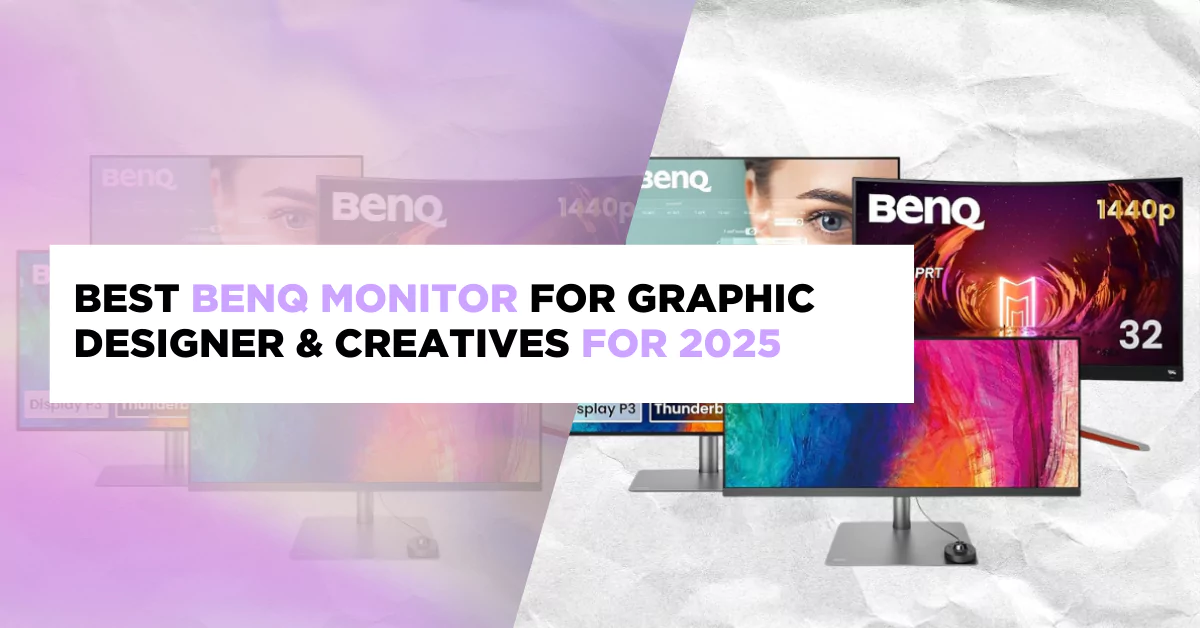
Top Trends in 3D Rendering for 2025
As technology continues to evolve at a rapid pace, the field of 3D rendering finds itself at the forefront of innovation, introducing new trends and advancements that redefine the way we perceive and interact with virtual environments.
From hyper-realistic visuals to immersive experiences, the top trends in 3D rendering for 2025 promise to revolutionize industries ranging from entertainment and gaming to architecture and design.
So, what are you waiting for? Let’s deep dive into the key trends shaping the future of 3D rendering and the transformative impact they are poised to have on various sectors.
Virtual Realities

Virtual realities, encompassing augmented, artificial, and virtual reality rendering, have become an undeniable trend across various sectors, significantly influencing architectural design presentations. This transformative technology enables architects, developers, contractors, and homeowners to immerse themselves in virtual environments, providing novel ways to visualize and interact with architectural designs.
In terms of architectural design, virtual realities have revolutionized the way projects are conceptualized and communicated. Architects and clients can now step into virtual environments and engage with designs in ways previously unimaginable. Beyond simple visualization, these technologies empower users to customize spaces, manipulate elements, and explore designs from diverse perspectives.
Augmented reality (AR) and virtual reality (VR) technologies offer immersive experiences that transcend traditional presentation methods. With VR, users can virtually walk through architectural spaces, experiencing them firsthand and gaining a deeper understanding of spatial relationships and design concepts. Meanwhile, AR overlays digital elements onto the physical environment, enhancing perception and interaction.
The integration of haptic sensors further enhances the immersive experience, allowing users to interact with virtual surfaces and objects, providing tactile feedback, and enriching the sensory experience. This tactile interaction enables clients to better comprehend the texture, scale, and materiality of architectural elements, fostering more informed decision-making.
Moreover, the combination of augmented reality and 3D rendering enables dynamic presentations that simulate different environmental conditions and scenarios. Clients can visualize architectural designs in various lighting conditions, weather patterns, and times of day, facilitating informed decisions regarding lighting, color schemes, and spatial configurations.
Wide-Angle and Panoramic Renderings

Wide-angle and panoramic renderings have become increasingly popular in the world of 3D interior design visualization, offering comprehensive views of spaces in a single continuous shot. This technique provides viewers with immersive experiences, allowing them to grasp the entirety of a room and understand how various elements and finishes harmonize within the space.
Panoramic renderings are particularly effective for capturing spacious interior environments, such as living rooms, hotel lobbies, restaurants, and open office layouts. By showcasing the entire span of a room in one wide composition, these renderings offer crucial contextual views that convey the scale, flow, and ambiance of the space. Viewers can appreciate the spatial relationships between different areas and gain a holistic understanding of the design concept.
In commercial settings, panoramic renderings play a vital role in showcasing busy spaces and facilitating decision-making for stakeholders. For instance, in hotel projects, panoramic views of lobby areas and common areas allow investors and designers to visualize the guest experience and assess design elements such as seating arrangements, lighting, and decor.
Moreover, wide field of view (FOV) renders are valuable tools for creating engaging virtual property tours for marketing purposes. By incorporating panoramic views into virtual tours, real estate developers and agents can provide potential buyers or tenants with immersive experiences that simulate walking through the property. This enables individuals to explore the space from various angles and perspectives, enhancing their understanding and appreciation of the property’s features and amenities.
Photorealistic Materials and Textures

Photorealistic materials and textures in 3D modeling are integral components that aim to replicate real-world surfaces and substances within a digital environment with remarkable accuracy. This technique involves meticulously recreating intricate details, including reflections, shadows, and surface imperfections, to achieve a level of realism that closely resembles physical materials.
The primary objective of employing photorealistic materials and textures is to simulate a wide range of materials, such as wood, metal, fabric, or stone, in a digital space so convincingly that they appear virtually indistinguishable from their tangible counterparts. This level of realism adds depth and authenticity to 3D models, enhancing the overall visual impact and creating a more immersive and compelling virtual experience for viewers.
To achieve photorealism, 3D artists utilize advanced rendering techniques and specialized software tools to meticulously craft materials and textures that accurately mimic the properties and characteristics of real-world surfaces. This may involve studying reference images, analyzing material properties, and experimenting with lighting and shading effects to achieve the desired level of realism.
For example, when creating a photorealistic wood texture, the artist may incorporate subtle imperfections such as knots, grains, and variations in color and texture to emulate the natural characteristics of wood. Similarly, when rendering metal surfaces, attention is paid to factors like reflectivity, specular highlights, and surface roughness to recreate the appearance of polished or weathered metal.
The importance of photorealistic materials and textures extends beyond aesthetic appeal; they also serve practical purposes in architectural visualization, product design, virtual prototyping, and visual effects for film and animation. By accurately replicating materials and surfaces, designers and artists can effectively communicate design concepts, evaluate product prototypes, and create lifelike virtual environments that engage and captivate audiences.
Dynamic Lighting Features
Dynamic lighting features play a crucial role in customized 3D modeling services, enabling the simulation of changing lighting conditions within virtual environments. By incorporating dynamic lighting techniques, such as real-time manipulation of light sources, shadows, and reflections, 3D artists can enhance the realism and depth of rendered scenes, resulting in visually compelling and immersive experiences for viewers.
One of the primary benefits of dynamic lighting is its ability to mimic natural lighting variations. By adjusting parameters such as intensity, color temperature, and directionality, artists can simulate the dynamic interplay of light and shadow that occurs in the real world. This realism adds a layer of authenticity to virtual environments, making them feel more lifelike and convincing.
Dynamic lighting also contributes to the visual appeal of 3D models by creating vibrant and atmospheric scenes. By strategically positioning light sources and adjusting their properties, artists can evoke different moods and emotions, ranging from warm and inviting to dramatic and atmospheric. This creative control over lighting enhances the overall aesthetic quality of rendered scenes, captivating viewers and drawing them into the virtual world.
Moreover, dynamic lighting can be used to highlight key elements within a scene and direct the viewer’s attention. By casting shadows and creating contrast between light and dark areas, artists can emphasize important details and create focal points, guiding the viewer’s gaze and enhancing the storytelling aspect of the 3D model.
In addition to aesthetic considerations, dynamic lighting also contributes to the technical realism of rendered scenes. By accurately simulating the behavior of light as it interacts with surfaces and materials, dynamic lighting helps to create convincing reflections, specular highlights, and ambient occlusion effects, further enhancing the illusion of depth and dimensionality in the virtual environment.
Cloud-Based Rendering Solutions

The rise of cloud-based rendering solutions has revolutionized the landscape of 3D rendering services, making them more accessible and scalable than ever before. Traditionally, rendering tasks demanded powerful hardware and significant computational resources, which often posed challenges for smaller businesses and independent creators. However, cloud-based rendering platforms have democratized access to rendering resources by offloading these tasks to remote servers accessible via the internet.
One of the primary benefits of cloud-based rendering is its accessibility. Rather than relying on expensive hardware investments or maintaining dedicated rendering farms, users can leverage the power of cloud servers on a pay-as-you-go basis. This means that rendering resources are available to anyone with an internet connection, regardless of their geographical location or financial resources. As a result, small businesses, independent artists, and hobbyists can access high-performance rendering capabilities without the need for significant upfront investment.
Additionally, cloud-based rendering solutions offer scalability, allowing users to scale their rendering resources up or down based on project requirements. Whether rendering a single image or a complex animation sequence, users can dynamically allocate computing resources to meet their specific needs. This scalability ensures that rendering tasks can be completed efficiently and cost-effectively, regardless of project size or complexity.
Moreover, the democratization of rendering resources, facilitated by cloud-based solutions, has leveled the playing field in the creative industry. Small businesses and independent creators now have the opportunity to compete on a global scale, delivering high-quality renderings and animations that rival those produced by larger studios with substantial resources. This increased competition fosters innovation and creativity, driving advancements in rendering technology and raising the overall quality standards within the industry.
Blockchain in Rendering

Blockchain technology, renowned primarily for its association with cryptocurrencies, offers a wide array of applications beyond financial transactions. In the realm of 3D rendering projects, blockchain technology serves as a powerful tool for ensuring security and transparency by providing an immutable and transparent record of every change and transaction within the rendering process.
One of the key features of blockchain technology is its decentralized and distributed nature. Instead of relying on a centralized authority to verify and record transactions, blockchain networks are maintained collectively by a network of nodes, ensuring that no single entity has control over the entire network. This decentralized architecture enhances security by minimizing the risk of data tampering or unauthorized access.
In the context of 3D rendering projects, blockchain technology can be utilized to record and timestamp every change made to digital assets, including 3D models, textures, and render settings. Each change is cryptographically linked to the previous one, creating an immutable chain of records that cannot be altered or deleted retroactively. This ensures the integrity and authenticity of digital assets throughout the rendering process, providing a reliable audit trail for tracking revisions and identifying potential discrepancies.
Furthermore, blockchain technology enhances transparency by enabling stakeholders to access real-time updates and verifiable records of rendering activities. By leveraging blockchain-based platforms or smart contracts, project participants can monitor the progress of rendering tasks, verify the authenticity of digital assets, and track the allocation of computing resources in a transparent and auditable manner. This transparency fosters trust and collaboration among stakeholders, promoting accountability and reducing the risk of disputes or misunderstandings.
In addition to enhancing security and transparency, blockchain technology also offers benefits in terms of copyright protection and intellectual property rights management. By timestamping digital assets on the blockchain, creators can establish a verifiable record of ownership and prove the authenticity of their work, safeguarding against unauthorized use or infringement.
Eco-Friendly Rendering
As the world struggles with the urgency of addressing climate change, the tech industry, including the field of rendering, is stepping up efforts to develop eco-friendly solutions for a sustainable future. Developers are increasingly prioritizing rendering algorithms that not only deliver high-quality results but also minimize energy consumption, thereby reducing the environmental impact of rendering processes.
One key focus area is optimizing rendering algorithms to achieve excellent quality renders while minimizing computational demands. By streamlining processes and implementing efficient algorithms, developers aim to achieve significant reductions in energy consumption without compromising on the final output quality. This approach not only contributes to environmental sustainability but also improves performance and reduces costs for rendering tasks.
Rendering farms and data centers, which are essential components of the rendering ecosystem, are also embracing sustainability initiatives. Many are exploring the use of renewable energy sources, such as solar, wind, and hydroelectric power, to power their operations. By transitioning to renewable energy sources, rendering facilities can significantly reduce their carbon footprint and contribute to the global shift toward cleaner energy alternatives.
Furthermore, there is a growing interest in utilizing hardware specifically designed for energy efficiency in rendering tasks. This includes the adoption of low-power graphics processing units (GPUs) and processors that deliver optimal performance while minimizing energy consumption. By investing in energy-efficient hardware solutions, rendering facilities can further reduce their environmental impact and promote sustainable computing practices.
Cloud rendering services, which offer on-demand rendering capabilities via remote servers, are also incorporating eco-friendly practices into their operations. Many cloud rendering providers are deploying data centers powered by renewable energy sources and implementing efficient resource management strategies to minimize energy waste. By leveraging renewable energy and optimizing resource usage, cloud rendering services can offer environmentally sustainable rendering solutions to clients while supporting global efforts to combat climate change.
Real-Time Rendering

Real-time rendering will emerge as an important trend in 2025, reshaping the landscape of visual content creation across various industries. Fueled by advancements in GPU technology and sophisticated rendering algorithms, real-time rendering enables designers and developers to create and manipulate 3D visuals instantaneously, ushering in a new era of responsiveness and immersion in digital experiences.
One of the industries that will benefit significantly from real-time rendering is gaming. In gaming environments, where interactivity and immersion are critical, the ability to render high-quality visuals in real-time is crucial. With real-time rendering, game developers can create dynamic and responsive virtual worlds that react to player input instantaneously, blurring the line between gameplay and cinematic experiences. This level of responsiveness not only enhances the gaming experience but also opens up new creative possibilities for storytelling and gameplay mechanics.
Beyond gaming, real-time rendering also has profound implications for industries such as architecture, automotive design, and virtual reality. In architectural visualization, for example, real-time rendering allows architects and designers to explore and iterate on design concepts in real-time, facilitating more collaborative and efficient design processes. Similarly, in automotive design, real-time rendering enables designers to visualize and evaluate vehicle designs with unprecedented speed and fidelity, accelerating the product development cycle.
Moreover, real-time rendering democratizes content creation by lowering the barrier to entry for artists and creators. With accessible tools and platforms for real-time rendering, artists can unleash their creativity and bring their ideas to life with ease, without the need for specialized hardware or technical expertise. This democratization of content creation fosters innovation and diversity in digital media, empowering creators to push the boundaries of visual storytelling and expression.
Generative Adversarial Networks (GANs) for Content Creation
Generative Adversarial Networks (GANs) are poised to revolutionize content creation even further, particularly in terms of 3D modeling, textures, and animations. As we move into 2025 and beyond, GANs are expected to play a pivotal role in automating and streamlining the creative process, significantly reducing the need for manual labor and accelerating the pace of content production.
One of the most promising applications of GANs in content creation is the generation of highly detailed 3D models. By leveraging advanced machine learning algorithms, GANs can analyze and synthesize vast amounts of 3D data, enabling the creation of intricate and realistic models with unprecedented speed and accuracy. This capability has profound implications for industries such as gaming, film, architecture, and virtual reality, where high-quality 3D assets are in constant demand.
Moreover, GANs are also expected to excel in generating lifelike textures and animations. By learning from existing datasets, GANs can generate textures that mimic the appearance of real-world materials, such as wood, metal, fabric, and stone, with remarkable fidelity. This ability to generate photorealistic textures enhances the visual quality of rendered scenes and reduces the need for manual texture creation, saving time and resources for artists and designers.
In addition to static models and textures, GANs are capable of generating dynamic animations that simulate natural movements and behaviors. By training on motion capture data and animation sequences, GANs can produce fluid and lifelike animations that bring characters and objects to life in virtual environments. This automation of animation generation streamlines the production pipeline for video games, films, and virtual reality experiences, enabling creators to iterate more rapidly and explore new creative possibilities.
Expanded Design Options

The landscape of architectural design software has evolved significantly over the years, offering a broader array of options and greater accessibility to users. Initially, visualization software provided limited architectural design options, with computer-aided design (CAD) programs like AutoCAD offering primarily stick and line drawings. While these tools were groundbreaking at the time, they were also cumbersome to use and often came with high subscription costs.
However, as technology has advanced, the range of 3D design programs has expanded rapidly, offering users a diverse selection of software solutions to choose from. Modern software packages now offer enhanced features, improved usability, and more affordable pricing options, making architectural design more accessible to a broader audience.
Some of the affordable software packages available today, such as Virtual Architect 3D and SketchUp Pro, offer robust capabilities at a fraction of the cost of traditional CAD programs. With subscription fees priced under $100 per year, these tools provide cost-effective solutions for architects, designers, and hobbyists alike.
Furthermore, beginners and those on a budget can take advantage of free software solutions that offer powerful capabilities for creating 3D renders. These free tools often provide intuitive interfaces, basic modeling features, and rendering capabilities, allowing users to experiment with architectural design without breaking the bank.
Endnote
Architects and designers are taking the initiative and redefining what is possible as technology continues to evolve. These trends are reshaping visualization and offering a more integrated, eco-friendly, and aesthetically pleasing built environment.





Leave a comment: